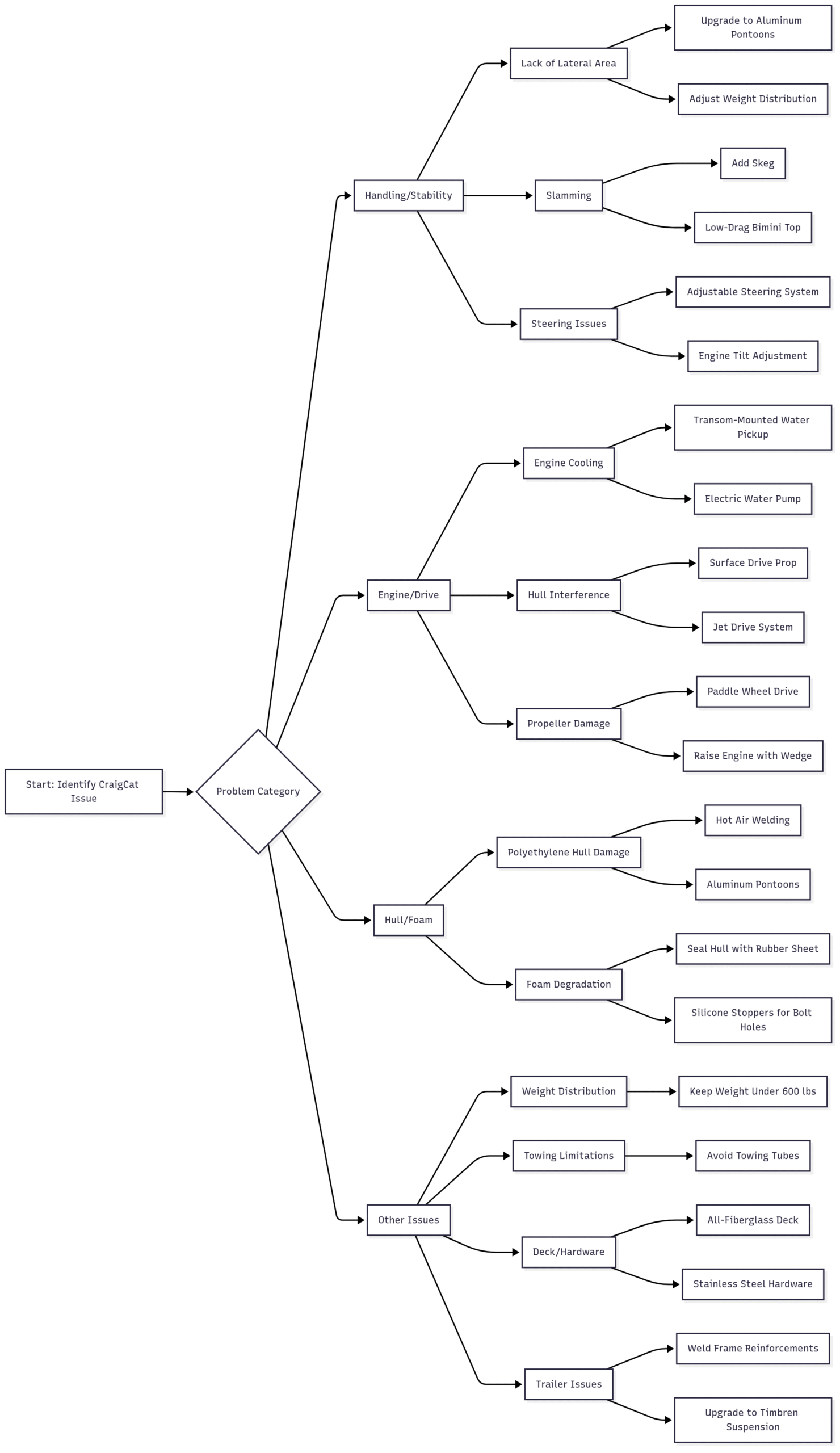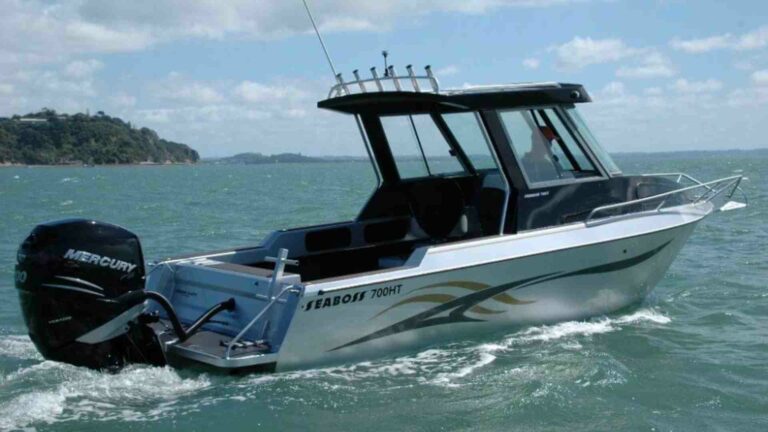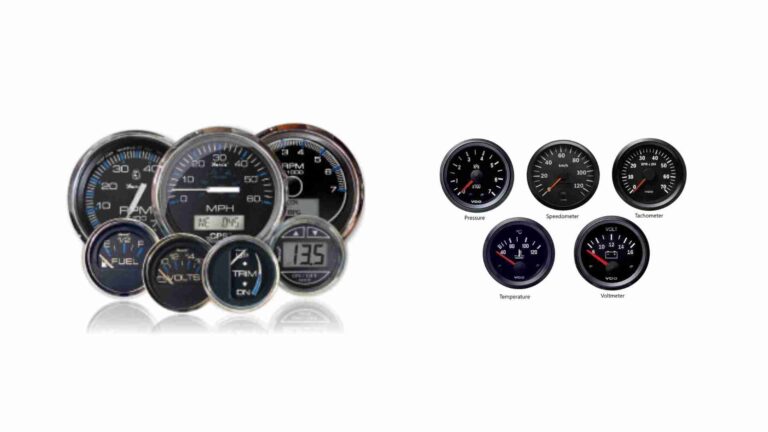CraigCat Boat Problems and Solutions: A Comprehensive Guide
Explore common CraigCat boat problems, including handling, stability, and hull issues, with solutions and owner insights for optimal performance.
CraigCat boats, known for their compact catamaran design, offer a unique boating experience tailored for shallow water exploration and casual cruising. Marketed as lightweight, fuel-efficient, and versatile, these boats appeal to recreational boaters, anglers, and adventure seekers. However, like any watercraft, CraigCats come with their share of challenges. Owners and prospective buyers frequently report issues related to handling, stability, hull durability, and engine performance. This article delves into these problems, provides practical solutions, and incorporates real-world owner experiences to offer a balanced perspective. Whether you’re considering purchasing a CraigCat or looking to optimize an existing one, this guide will help you navigate its limitations and enhance its performance.
Overview of CraigCat Boats
CraigCat boats, manufactured by Craig Catamaran Corporation since 1990, are compact power catamarans designed for shallow water navigation. Measuring 11’4” in length with a 5-foot beam, they feature twin polyethylene pontoons filled with closed-cell foam, offering a draft as low as 3 inches with the engine raised. Typically powered by outboard engines ranging from 15 to 30 horsepower (hp), with some modified versions supporting up to 50 hp, CraigCats are marketed for their portability, ease of use, and ability to access hard-to-reach areas. They are popular for recreational cruising, fishing, and eco-tours, particularly in regions like the Florida Keys.
Despite their appeal, CraigCats face criticism for design flaws that impact performance, comfort, and durability. Below, we explore the primary issues, their causes, and effective solutions, supported by owner insights and technical considerations.
Common CraigCat Boat Problems
1. Handling and Stability Issues
Lack of Lateral Area
CraigCats have small pontoons with limited lateral surface area in contact with the water. This design reduces drag and enables shallow water operation but compromises stability at higher speeds. Owners report that the boat feels “twitchy” or unstable above 20 mph, particularly in choppy conditions, due to insufficient lateral resistance to maintain straight-line tracking.
Slamming in Waves
The lightweight design and flat-bottomed pontoons cause CraigCats to slam hard when encountering waves or wakes. This can lead to discomfort, potential injury, and structural stress on the hull. One owner described the experience: “These things can slam hard enough to break your back with just a 25hp engine” (philSweet, boatdesign.net).
Steering Challenges
Steering difficulties arise from the combination of limited lateral area and the outboard engine’s placement. The lever-based steering system, unlike a conventional helm, is less intuitive and nearly ineffective at idle speeds. Owners note that steering becomes particularly challenging when the engine is tilted up to reduce draft, as the propeller may contact the hull, further complicating control.
Solutions
- Aluminum Pontoons: Upgrading to aluminum pontoons increases durability and stability. One owner reported, “We upgraded this CraigCat with aluminum toons… now she’s scooting on plane and quite dry” (boatdesign.net).
- Adjustable Steering: Installing an adjustable steering system or modifying the existing lever to improve responsiveness can enhance control. Owners suggest fine-tuning the steering linkage for better straight-line tracking.
- Weight Distribution: Proper weight distribution is critical. Keeping the total weight (motor, fuel, passengers, and cargo) under 600 lbs helps maintain stability and reduces slamming. A carefully designed, low-drag Bimini top can also prevent pitching and improve handling.
- Skeg Addition: Adding a skeg in front of the outboard, approximately 60% as thick as the engine leg and wedged at a 3-degree angle, reduces water scooping and improves stability when the engine is tilted (philSweet, boatdesign.net).
2. Engine and Drive System Problems
Engine Cooling Issues
CraigCats use water-cooled outboard engines, typically Evinrude E-TEC or Mercury models, which require water intake to prevent overheating. When the engine is tilted down for shallow draft (as low as 12–14 inches), the intake may struggle to draw sufficient water, risking engine damage. One owner noted, “Water cooling means having to suck water up to cool the engine, which is an issue in shallow water” (RobtH, boatdesign.net).
Hull Interference
The outboard engine’s placement, designed to balance weight on the lightweight hull, can lead to interference with the pontoons when tilted up. This is particularly problematic in shallow water, where raising the engine to reduce draft increases the risk of the propeller chewing into the polyethylene hull.
Propeller Damage
Propeller contact with the pontoons is a recurring issue, especially when the engine is tilted or during sharp turns. This can cause long-term damage to the hull, compromising its integrity. Owners report that “the propeller can potentially chew into the hull if it comes into contact with the pontoons” (original article).
Solutions
- Engine Tilt Adjustment: Adjusting the engine tilt angle to position the anti-cavitation plate just below the pontoon bottom can reduce draft to 12–14 inches while maintaining cooling efficiency. A wedge-shaped outboard mount (5–7 degrees) can keep the bow down and improve performance (philSweet, boatdesign.net).
- Transom-Mounted Water Pickup: Installing a transom-mounted water pickup, such as Bob’s Nose Cones, ensures consistent cooling in shallow water without relying on the engine’s lower unit intake (jorgepease, boatdesign.net).
- Surface Drive Props: A surface drive propeller system can minimize draft to 6–8 inches, reducing the risk of hull damage. However, these systems are not typically designed for existing outboards, requiring custom modifications.
- Jet Drive Consideration: Adapting a jet drive system from a personal watercraft (e.g., WaveRunner) could reduce draft to 4–6 inches. However, jet drives are prone to sucking debris in shallow water, so they require careful operation (fallguy, boatdesign.net).
- Paddle Wheel Drive: For low-speed applications, a paddle wheel drive offers excellent maneuverability and minimal draft, with less susceptibility to bottom damage. This is ideal for eco-tours or slow cruising (RobtH, boatdesign.net).
3. Hull and Foam Durability
Polyethylene Hull Damage
The polyethylene pontoons are lightweight and corrosion-resistant but susceptible to damage from propeller contact or impacts with the bottom. Repeated prop strikes can create gouges, which are repairable with hot air welding but weaken the hull over time. One owner stated, “Chewing into the hull with the prop causes long-term issues” (RobtH, boatdesign.net).
Foam Degradation
The closed-cell urethane foam inside the pontoons provides buoyancy but can degrade due to water or chemical exposure if the hull is punctured. This degradation can cause the pontoons to crumple, reducing structural integrity. An owner reported a “swollen pontoon” after maintenance, suspecting water ingress through a compromised plug (GogoBoat, boatdesign.net).
Solutions
- Hull Repairs: Hot air welding can effectively repair polyethylene hull damage. Regular inspections near mounting plates and bolt holes can prevent water ingress. One owner recommended sanding sharp plate edges and using silicone stoppers to seal counterbores (tlwalker1962, boatdesign.net).
- Sealing Improvements: Adding a 1/4-inch rubber sheet between the hulls and deck creates a watertight seal, preventing water from entering the pontoons. Stainless steel tubular sleeves for mounting bolts reduce wear and prevent over-tightening (tlwalker1962, boatdesign.net).
- Aluminum Pontoons: As mentioned, upgrading to aluminum pontoons enhances durability and resistance to damage, though it increases cost and weight.
4. Other Common Issues
Weight Distribution
Improper weight distribution exacerbates handling issues, causing the boat to drag or porpoise. Owners recommend keeping the center of gravity low and balanced, especially with heavier engines or additional passengers.
Towing Limitations
CraigCats are not designed for towing tubes due to their instability and limited power. Attempting to tow can lead to the “tail wagging the dog,” making control nearly impossible (philSweet, boatdesign.net). A 100 hp engine, as suggested by a novice builder, is impractical and unsafe due to the boat’s lightweight design (Blueknarr, boatdesign.net).
Deck and Hardware Quality
The fiberglass-covered wood deck is prone to cracking and delamination, especially around screw holes. Hardware, such as bimini brackets and seat latches, is often plastic and breaks easily. Owners also report rusting electrical switches and flimsy windshields (RobtH, boatdesign.net).
Trailer Issues
The EZ-Loader trailer included with some CraigCats has been criticized for poor construction, with issues like tire disintegration and frame vibration. One owner described a catastrophic failure where a tire shred damaged the hull (tlwalker1962, boatdesign.net).
Solutions
- Deck Upgrades: Replacing the wood deck with an all-fiberglass version eliminates cracking and delamination. Adding removable outriggers and extra deck space can improve functionality for fishing or storage (tlwalker1962, boatdesign.net).
- Hardware Replacement: Upgrading to marine-grade stainless steel bolts and fittings prevents rust and enhances durability. Reinforcing bimini brackets with metal components can withstand additional stress.
- Trailer Modifications: Welding plates and gussets to the trailer frame and upgrading to a Timbren suspension system can improve reliability (tlwalker1962, boatdesign.net).
5. Owner Experiences and Perspectives
CraigCat owners have mixed experiences, reflecting the boat’s niche appeal. Positive reviews highlight its fun factor, shallow draft, and ease of use. One owner enthused, “This was the most fun I’ve had on any of my boats!” (Mike Leo, St Petersburg, FL). Others appreciate its ability to navigate tight canals and shallow waters, making it ideal for specific applications like eco-tours or casual cruising.
However, negative feedback focuses on poor customer service, wet rides, and design flaws. One owner reported a heated exchange with a company representative, describing them as unprofessional (nibble, boatdesign.net). Another criticized the boat’s limited fishability and storage, stating, “Fishing is difficult, no room, unsafe to stand” (RobtH, boatdesign.net).
Specifications and Pricing
Below is a table summarizing key CraigCat specifications and pricing for popular models (based on historical data and owner reports):
| Model | Length | Beam | Draft (Engine Up/Down) | Max HP | Weight (with Trailer) | Price (New) |
|---|---|---|---|---|---|---|
| E2 Elite | 11’4” | 5’ | 3” / 13” | 30 hp | 800 lbs | $11,476–$12,000 |
| Catch-It (Fishing Model) | 11’4” | 5’ | 3” / 13” | 30 hp | 800 lbs | $12,000–$13,000 |
| Elite 2 (Upgraded) | 11’4” | 5’ | 3” / 13” | 30 hp | 800 lbs | $12,500–$14,000 |
Note: Prices vary based on engine choice (e.g., Nissan 25 hp: $9,914; Nissan 30 hp: $11,476) and optional features like trolling motors, rod holders, or upgraded seats. Used CraigCats (6–8 years old) typically resell for 30–40% of their original price, e.g., $3,900–$8,600 (TheWaterGuy, boatdesign.net).
Chart: CraigCat Problem-Solution Flow
Below is a flowchart illustrating the problem-solution process for common CraigCat issues, created using syntax:

Building a Custom CraigCat: Feasibility and Challenges
A novice boater, Rachel, proposed building a CraigCat using surfboards as pontoons and a 100 hp engine to tow tubes. Forum members strongly advised against this, citing the boat’s lightweight design and instability. Surfboards lack the structural integrity and buoyancy to support such a high-powered engine, and towing would be unsafe (kapnD, Blueknarr, boatdesign.net). Instead, studying CraigCat’s existing design or exploring small power catamaran plans is recommended for DIY builders.
For shallow water applications, as pursued by Steve in the Florida Keys, achieving a 12-inch draft is challenging but feasible. Options include:
- Raising the engine to align the anti-cavitation plate with the pontoon bottom.
- Using a smaller outboard with a modified mount plate and rudder system.
- Exploring surface drive or jet drive systems, though these require significant engineering to maintain balance and cooling.
Owner Modifications and Success Stories
Owners like tlwalker1962 have successfully modified their CraigCats, adding outriggers, extra deck space, and Windrider hulls for improved stability and fishability. These modifications demonstrate that while CraigCats have limitations, creative solutions can enhance their utility. Another owner, philSweet, built a high-performance version with a tuned 25 hp Mercury engine, achieving airborne performance in calm conditions but requiring careful weight management and a low-drag Bimini top.
Conclusion
CraigCat boats offer a unique blend of portability, shallow water capability, and fun, but they are not without flaws. Handling and stability issues, engine cooling challenges, hull durability concerns, and poor hardware quality are common complaints. However, with targeted modifications—such as aluminum pontoons, transom-mounted water pickups, and reinforced decks—these problems can be mitigated. Owners report both frustration and joy, with many appreciating the boat’s niche appeal for casual cruising and shallow water exploration.
Before purchasing a CraigCat, test-drive the vessel to assess its suitability for your needs. For those in shallow water environments like the Florida Keys or Minnesota lakes, the CraigCat’s low draft and maneuverability are significant advantages. However, for fishing, towing, or rough water use, consider alternative vessels like microskiffs or small RIBs. By understanding and addressing its limitations, you can maximize the CraigCat’s potential and enjoy its unique boating experience.
FAQs
CraigCats have limited fishability due to small deck space and instability when standing. Modifications like outriggers and rod holders can improve functionality, but they are not ideal for serious anglers.
CraigCats perform best in calm conditions. In choppy water (2–3 foot waves), they can glide over waves but are prone to slamming and getting wet. Owners recommend slower speeds and careful navigation.
Polyethylene pontoons are lightweight but susceptible to prop damage and water ingress. Regular maintenance and sealing can extend their lifespan.
New CraigCats range from $11,476 to $14,000, depending on the model and engine. Used models (6–8 years old) typically sell for $3,900–$8,600.
For more information or to explore pricing, visit CraigCat’s official website or contact their team at 1-877-999-4228.
Share 5 Common Craigcat Boat Problems with your friends and Leave a comment below with your thoughts.
Read How Wide Is a Pontoon Boat? until we meet in the next article.






